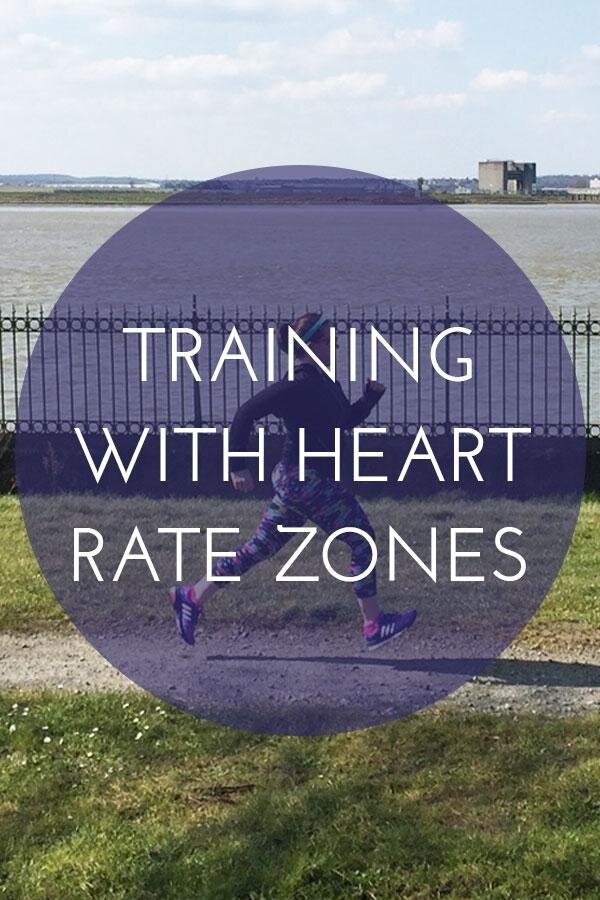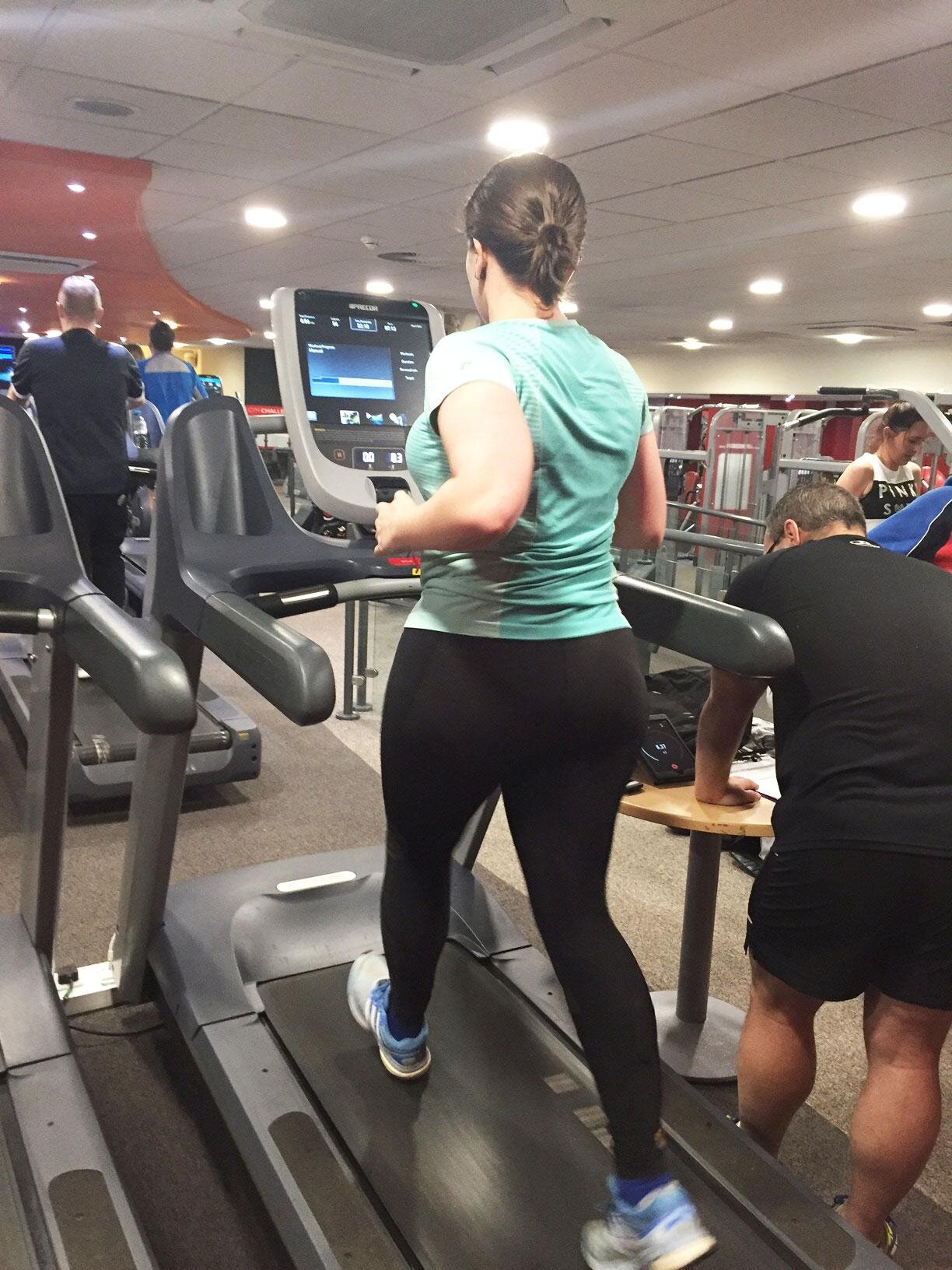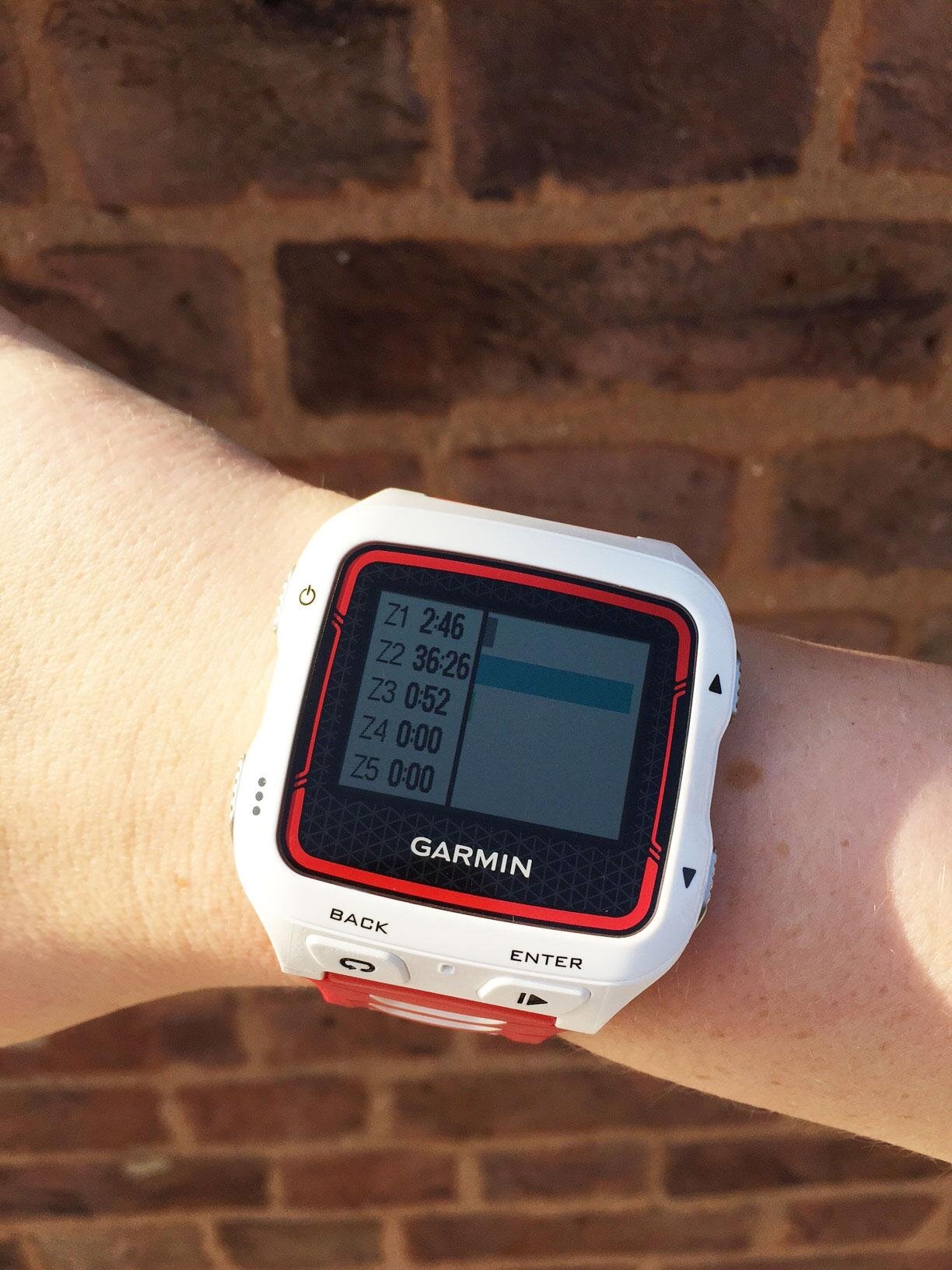
Monitoring and understanding your heart rate can be an effective way of improving your triathlon performance. It ensures that you are training at the correct intensity for each workout and taking appropriate recovery.
This method of training is fairly new to me. Previously my training has always been done on ‘feel’, but this year I’ve invested in a heart rate strap and I’m working within specific target zones.
Setting up your heart rate zones
The first step in this training method is to set up your heart rate zones. There are several ways of doing this, but my coach uses a treadmill running test to determine your lactate threshold. The test is set up so that the speed of the treadmill increases every 3 minutes until the point of failure, whilst a heart rate reading is taken every 30 seconds.
During the test, I wore a device on my calf which uses LED light to monitor the amount of lactate in your bloodstream. Lactate is a byproduct of aerobic metabolism in the muscles- it accumulates rapidly as we exercise and needs to be cleared. When the amount of lactate in the blood reaches it’s highest sustainable level, this is considered to be the individual’s lactate threshold. It’s not unusual to feel slightly sick and very fatigued at this point!
The results of the test determine your maximum heart rate, training zones and corresponding running paces. It’s recommended that the test is repeated every 4-6 weeks, as training zones will change as your fitness progresses.

Zone 1- Active Recovery
This zone is used for low intensity and active recovery. Blood flow to the muscles is increased to flush out waste products. You should be able to hold a conversation and feel comfortable.
For me this zone is less than 149BPM and a running pace of less than 7.51 min/km.
Zone 2- Endurance
This zone increases your overall endurance and improves your bodies ability to burn fat. Training in this zone feels very light and you should be able to hold the pace for a long period of time.
For me this zone is 150-167BPM and a running pace of 6.55-7.50 min/km.
Zone 3- Tempo
This zone improves blood circulation and improves aerobic capacity. Lactate begins to build up in the bloodstream in this zone. Training in this zone is challenging but sustainable. Running or cycling intervals are usually done within this zone.
For me this zone is 168-186BPM and a running pace of 6.22-6.54 min/km.
Zone 4- Lactate Threshold
This zone improves your speed endurance and develops the lactate threshold. In this zone, our bodies are primarily using carbohydrates as a source of fuel. Training in this zone should feel very intense and you should only be able to mutter a few words at a time.
For me this zone is 187-197BPM and a running pace of 5.53-6.21 min/km.
Zone 5- Anaerobic
In this zone, your heart and respiratory system will be working at their maximal capacity, with the source of fuel being 100% carbohydrate. Training efforts within this zone stimulate increased activity of glycogen within the muscles. Training in this zone should leave you gasping for air and should only be sustainable for 10-20 seconds.
For me this zone is over 198BPM and a running pace of over 5.52 min/km.
Training in heart rate zones
Putting this into practice, I’ve set up my Garmin according to my heart rate and my coach structures my training plan based on the zones. Heart rate zone training ensures that my easy sessions are actually easy, and my hard sessions are actually hard. Much of my running and cycling is now done in Zone 2 which initially felt incredibly slow and slightly counter-productive. It’s a common mistake with many runners to run too fast and too hard without developing a strong aerobic base. I’m trusting in the process and persevering with the Zone 2 sessions as it will help me to become more efficient and lower my overall heart rate.

The Zone 2 sessions also enable me to recover from my harder sessions at the track and on the Wattbike. Now that I’m running at a more controlled pace, I’m noticing that I’m not suffering from any niggles which might develop into injuries. I focus on form and technique whilst I’m working in the lower heart rate zones.
At the other end of the spectrum, when I see Zone 5 on my training plan, I know it’s going to be a tough session. I’ve been doing some interval sessions on the Wattbike where I’m aiming to get into Zone 5 for just 8 seconds at a time. I haven’t quite manage to hit the top zone yet, but I’m working hard on pushing my heart rate up.
Do you train according to heart rate zones? Have you ever taken a lactate threshold test?
Hey Lucy , great article as always. Maybe I will have to sign up for a Triathlon one day.
We have been trying to show people that fitness doesn’t cost the world, so have given a run down of the best free fitness South of the River
https://gosweat.com
Have you tried any of these out?
Thanks
Steph 🙂
I don’t often venture south of the river, but they sound great 🙂
It is something that I am interested in, but have not really looked into that much.
Super interesting and helpful post! I should do more HR training…it’s such a handy method to keep you from over training and really focusing on improvements.
Definitely, I’m already finding that I can run faster whilst keeping my heart rate lower, which should hopefully mean I can go for longer without getting fatigued 🙂
Wow ! I wish I could!
I mean, that device is really expensive and I would do it if I was a pro but when I can hardly get my ass to the gym 4 times a week…
but It is so interesting!!!
Wish I knew my zones.
Lieze Neven | http://www.glitterrebel.com
Oh you wouldn’t need to buy the BSX device- there are other ways of determining your maximum heart rate. My coach just has this as he works with a lot of clients. Depends on what your goals are as to how often you need to train- it wouldn’t necessarily be 4 times a week.